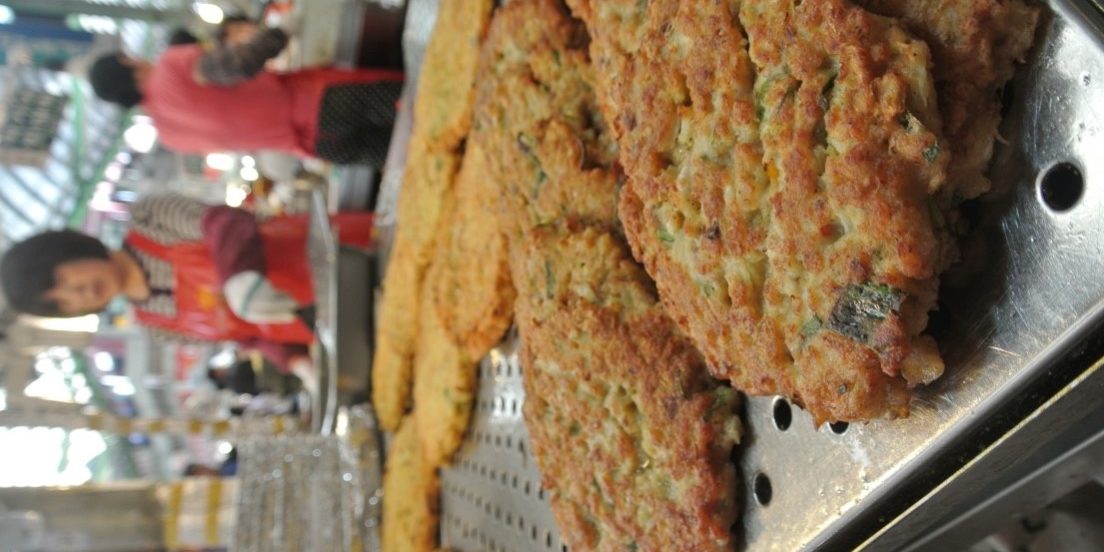In Korea, the bumchigae or pancake family is rarely sweet but is commonly packed with ingredients and eaten as a side dish to an elaborate meal spread. This is especially true with haemul pajeon and kimchi bumchigae, but perhaps in this category of Korean food none is as packed as the bindaetteok or the mung bean pancake.
The dish originated in the Pyongan region of what is now known as North Korea, and first made its appearance in a cookbook published in 1670 but has long been part of Korea’s food tradition.
Mung beans are indigenous to Asia and are good for people on a diet, given that this is fibrous and is a good source of protein. They are also nutrient-rich such as potassium, zinc and vitamin Bs.
The bindaetteok batter is made from skinned mung beans soaked in water and then crushed. Also considered central to this unforgettable dish are kimchi, pork, mung bean sprouts and gosari (dried fernbrake). Perhaps the greatest offences one can commit when cooking bindaetteok is cheating the batter with white flour, and totally crossing out kimchi from the ingredient list – without these a bindaetteok cannot be called bindaetteok.
http://blog.naver.com/kanga80/220094788477







